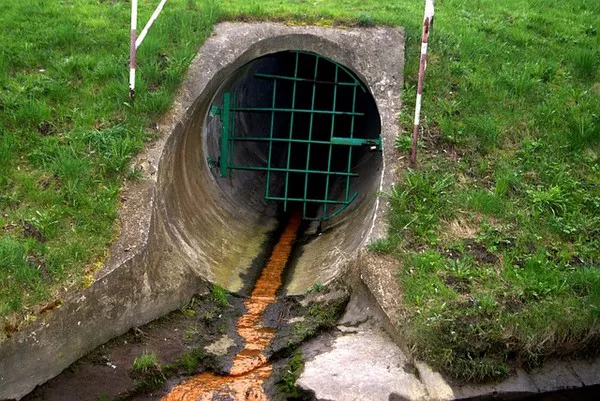In the realm of environmental engineering and public health, Sewage Treatment Plants (STPs) play a crucial role in ensuring the safe disposal of wastewater and protecting water bodies from pollution. STP water treatment is a comprehensive process designed to remove contaminants from sewage and wastewater, making it safe for discharge back into the environment or for reuse purposes. In this article, we will delve into the intricacies of STP water treatment, exploring its processes, importance, and the environmental benefits it offers.
The Need for STP Water Treatment
With rapid urbanization and industrialization, the volume of wastewater generated has significantly increased, posing serious threats to public health and the environment if left untreated. Raw sewage contains various pollutants such as pathogens (bacteria, viruses), organic matter, nutrients (nitrogen, phosphorus), suspended solids, and chemicals (heavy metals, pesticides). Discharging untreated sewage directly into water bodies can lead to waterborne diseases, eutrophication (excessive nutrient enrichment), and degradation of aquatic ecosystems.
STP water treatment is imperative to address these challenges by purifying wastewater before its release back into nature. The treated water can be reused for non-potable purposes like irrigation, industrial processes, or even indirectly replenish groundwater reserves.
Key Processes in STP Water Treatment
The treatment of sewage and wastewater in an STP involves several interconnected processes aimed at removing pollutants and making the water safe for disposal or reuse. Here are the fundamental steps typically involved:
Preliminary Treatment: This stage involves the removal of large debris, such as sticks, rags, and grit, through physical processes like screening and sedimentation. These materials could damage downstream equipment and interfere with subsequent treatment processes.
Primary Treatment: In this phase, the wastewater undergoes physical processes like sedimentation and flotation to separate suspended solids from the liquid portion. The settled solids (sludge) are then removed for further treatment.
Secondary Treatment: This is the biological treatment stage where microorganisms break down organic pollutants in the wastewater. Common methods include activated sludge process, trickling filters, or sequencing batch reactors (SBRs). Microorganisms consume organic matter, converting it into carbon dioxide, water, and more microorganisms.
Tertiary Treatment: This advanced treatment step further refines the effluent by removing residual contaminants like nutrients (nitrogen, phosphorus), pathogens, and fine suspended solids. Techniques like filtration (sand, microfiltration), disinfection (chlorination, UV radiation), and chemical precipitation are employed.
Sludge Treatment: The sludge generated during the treatment processes undergoes stabilization (anaerobic digestion, composting) and dewatering (mechanical methods like centrifugation or drying beds) to reduce volume and make it suitable for disposal or beneficial reuse (e.g., as fertilizer).
Importance of STP Water Treatment
STP water treatment is indispensable for several reasons:
Public Health Protection: By removing pathogens and harmful chemicals, STPs prevent waterborne diseases and safeguard public health.
Environmental Conservation: Treated wastewater reduces pollution of water bodies, preserving aquatic ecosystems and biodiversity.
Resource Recovery: STPs enable the recovery of water, nutrients, and energy from wastewater, promoting sustainability and circular economy principles.
Compliance and Regulation: Meeting stringent environmental regulations ensures responsible management of wastewater and adherence to legal requirements.
Environmental Benefits of STP Water Treatment
Water Quality Improvement: Treated wastewater improves water quality in rivers, lakes, and coastal areas, supporting aquatic life and recreational activities.
Reduction in Pollution: STPs minimize nutrient pollution (leading to algal blooms and hypoxia), thereby enhancing ecosystem resilience.
Conservation of Freshwater Resources: Reusing treated wastewater for irrigation or industrial processes conserves freshwater reserves, particularly in water-stressed regions.
Mitigation of Public Health Risks: By removing pathogens and chemicals, STPs reduce the risk of waterborne diseases and contamination of drinking water sources.
Challenges and Future Directions
Despite its many benefits, STP water treatment faces challenges such as high energy consumption, sludge management, and emerging contaminants like pharmaceuticals and microplastics. Future advancements in STP technology aim to address these challenges through innovations in energy-efficient processes, enhanced nutrient recovery, and more effective removal of emerging contaminants.
Conclusion
In conclusion, STP water treatment is a critical process that ensures the safe disposal and reuse of wastewater, contributing to environmental sustainability and public health protection. By employing a combination of physical, biological, and chemical processes, STPs effectively remove contaminants and produce clean water fit for various purposes. Continued investment in research and technology will further enhance the efficiency and sustainability of STP water treatment, paving the way towards a cleaner and healthier environment for future generations.

